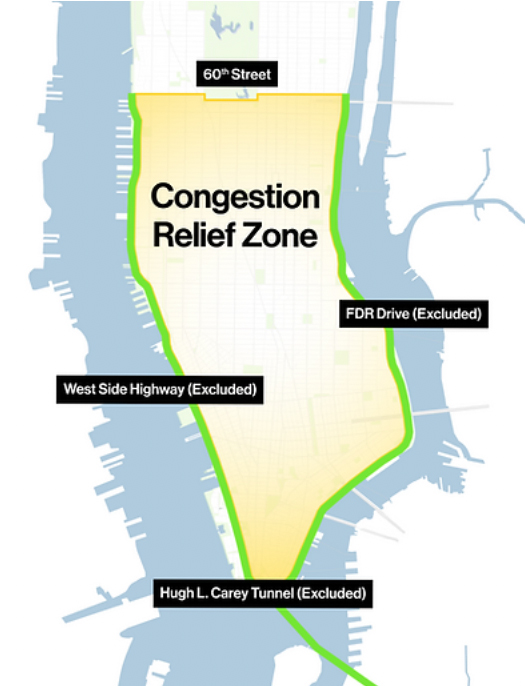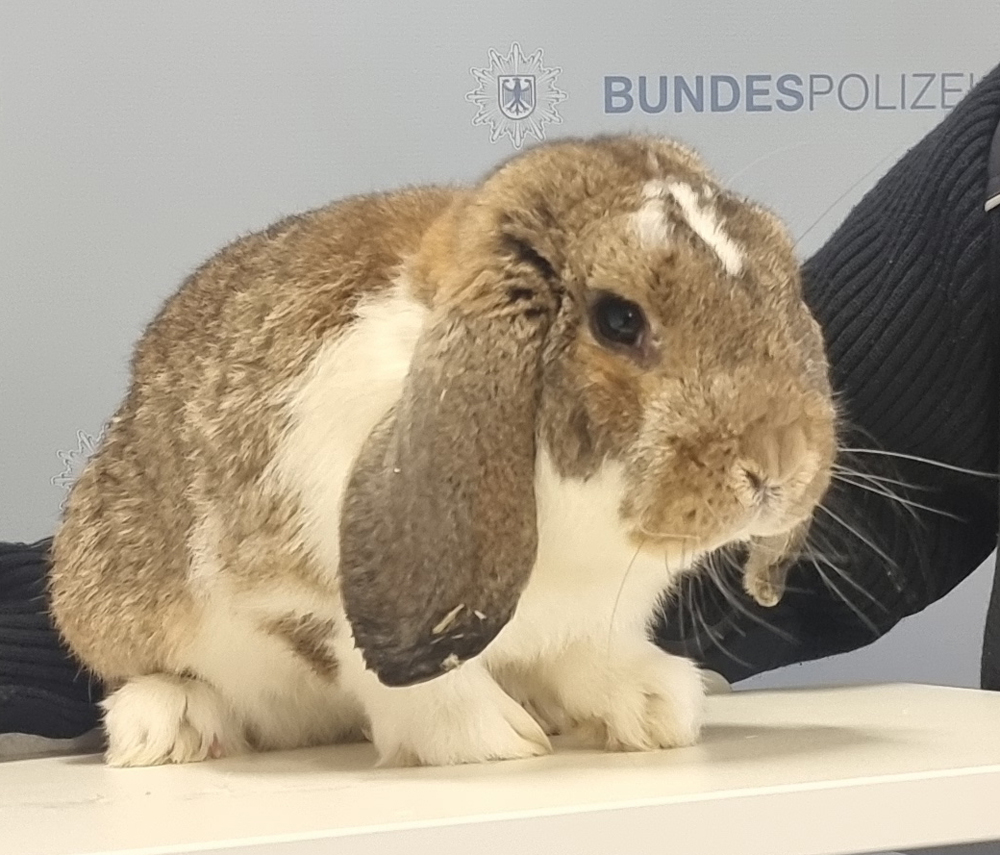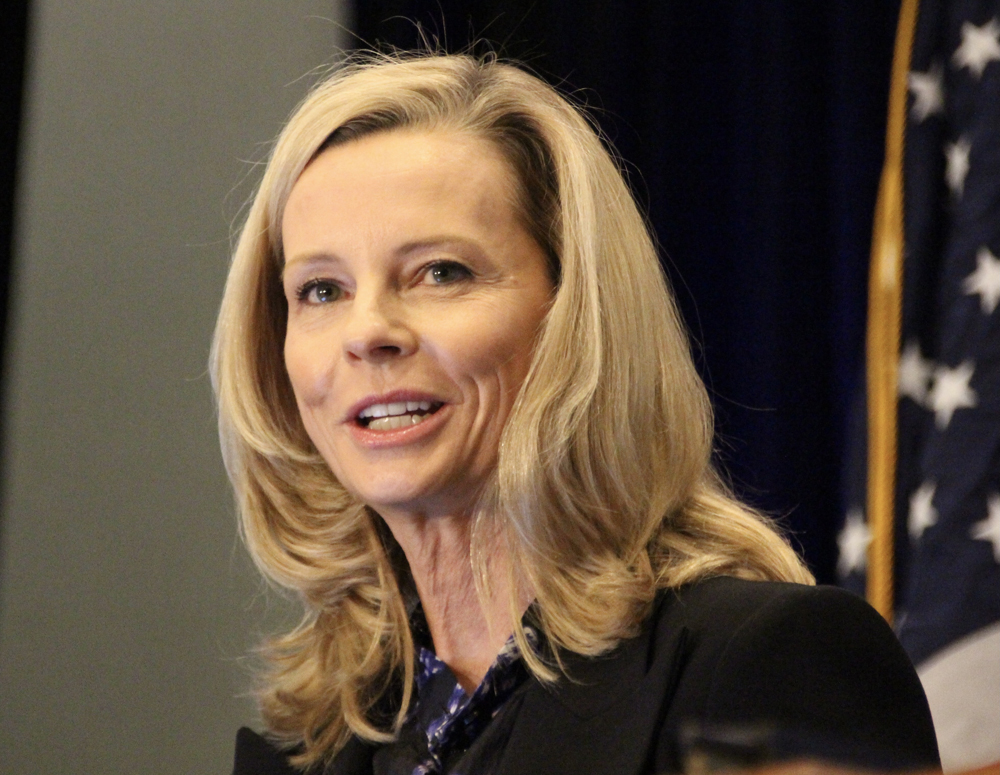
NEW YORK — New York’s congestion tolling plan has received federal approval, meaning the toll of $9 for most drivers entering lower Manhattan will take effect Jan. 5, 2025.
The program, with goals of reducing traffic below 60th Street and funding Metropolitan Transportation Authority capital programs, was approved by the Federal Highway Administration on Friday, the New York Times reports. FHA approval was required because of federal funding for New York street projects.
The $9 peak-period toll for most drivers was reduced from the originally planned figure of $15 when New York Gov. Kathy Hochul revived the program last week, after blocking it in June because, she said, she was concerned about the economic impact for New Yorkers. [See “New York governor introduces revised Manhattan congestion pricing plan,” Trains News Wire, Nov. 14, 2024]. The toll will rise to $12 in three years and to $15 by 2031, but the lower figure means it will initially raise about $500 million annual for the MTA, instead of the previously projected $1 billion.
The MTA had approved the new plan last week, then sought federal approval as quickly as possible, given President-elect Donald Trump’s vocal opposition to the plan. Trump said earlier this year in a social media post that he would kill a congestion pricing plan during his first week in office, but that is expected to be more difficult with it already in place when he takes office. Still, the plan faces at least nine lawsuits attempting to block it; lawyers in four of those lawsuits were in court on Thursday, Nov. 21, seeking injunctions to block its introduction, Spectrum News reports.
The MTA has announced a series of 60-minute webinars explaining the congestion pricing program Dec. 4, including sessions for those seeking information on the program’s disability exemption and low-income discounts. More information is available here.














“Let New York City and New York State deal with their own mess. ”
Agreed, but I’m sure President Trump has a good awareness of “states rights” as he recently exhibited in the SCOTUS “Roe V Wade” issue where he stated in so many words that the states should pass their own related laws. However, it MIGHT be seen that Gov. Hochul’s plan has interstate implications with neighboring CT and NJ???
This above post was meant as a direct reply within Mr. Landey’s thread. Those 2 reply options always trip me up…aaargh!! 🙁 🙂
Well, that was fast ! (Federal / USDOT approval …) And not a surprise …..
It will be interesting to see how the implementation of the $9.00 “congestion” toll into central Manhattan plays out after it starts next January 5th.
And I wonder what the fine is if caught evading the toll. Stck to the trains. Much more fun than driving.
Or just stay out of central Manhattan althogether ?
(easy for me to say as I live far away from NYC …)
Revenue projection is $500 million a year. Now if the desire to reduce congestion works and vehicle volume drops by 1/3rd, wont revenue drop by the same amount? And what if some clever person develops a thin plastic plate that fits over your license and goes opaque when you throw a dash switch. No picture of the plate and therefore no charge. Bet the cost of revenue collection will cost much more than they expect. OOPS.
It ain’t over ’till it’s over. Just enjoy all the flack up to 5 Jan. Meanwhile, ride the battered but always there MTA. Here’s my frequent route to Carnegie Hall: #6 local south to 59th, change to R or W two stops to 7th ave and 57th exit right outside the door. 20 minutes start to finish. The Hall’s incomparable sound favored both the Berlin Philharmonic and Concertgebouw orchestras this week.
I don’t drive in Manhattan, or Boston, or center-city Chicago, unless I absolutely have to. I’m with you Curtis, that’s what subways and regional rail and Amtrak are for. Enjoy the concerts!
Like it or not, love it or hate it, states have the right to enact tolls. I have paid tolls in any number of states where I didn’t live or vote. In fact, yesterday’s mail brought me notice of an $8.00 toll violation I need to pay.
Mr. Trump is not in the habit of listening to me (or listening to anyone else) but my advice is this:- back off, wash your hands of it. Let New York City and New York State deal with their own mess. Governor Kathy can sort out the local support vs. the local opposition.
I agree with Charles, and I’m certainly in favor of funding mass transit adequately. What’s been bothering me are the estimates of the losses from fare evasion, in the hundreds of millions, which need to be subsidized by this scheme. To use the tired old cliche, how can we put a man on the moon but be unable to stop turnstile jumpers? Maybe the desire isn’t there?